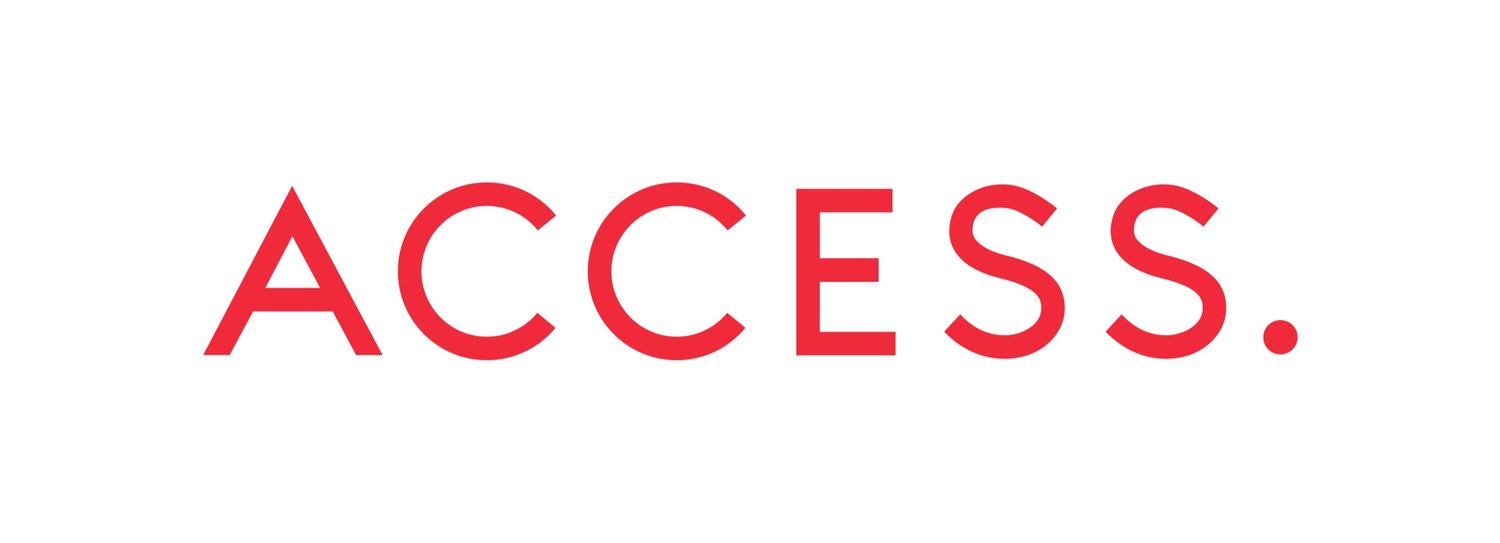by Michael Himmel, Managing Associate
Large investments in transit and transportation infrastructure are being made all across the country at the moment, but our collective track record on delivering these projects is spotty. Last month at the CCPPP annual conference I attended a panel that asked a provocative question: “Can we still build big?” The success of numerous large projects depends on the answer to that question being “yes!”
It’s easy to understand why the question would be top-of-mind. Projects like High Frequency Rail, Calgary Green Line, Broadway Subway, Ontario Line, GO Expansion and many others are still in their early stages and facing challenges like market capacity and inflation that are making project risk managers nervous. Additionally, the nation-shaping projects of our past such as the Canadian Pacific Railway, the St. Lawrence Seaway and Confederation Bridge seem altogether unachievable in today’s environment of scarce labour, high inflation, and reduced market appetite for risky projects. (Not to mention the impact of the essential safety, labour and planning reforms that have helped to reduce negative social and environmental impacts of large infrastructure projects).
The conference panel included Metrolinx CEO, Phil Verster, who answered the question directly. Mr. Verster is overseeing two enormous transit/rail programs (GO Expansion and Subways) that will exceed $50B of spending over the next 10 years or so, and accordingly responded with an unequivocal “yes” to the question. Unquestionably, these projects count as “Big”. But many of these projects are in early stages of development and contracting to complete them is still being sorted through. Completion is years away and Metrolinx will need to navigate significant hurdles to get them built. As if we needed another test of whether we can build big, there is an even larger project looming on the horizon that will challenge our nation’s project delivery capacity.
Later in the CCPPP conference, a panel updated the attendees on the status of High Frequency Rail – the Federal Government’s initiative to build faster, more reliable, and electrified rail service in the Windsor-Toronto-Ottawa-Montréal-Québec City Corridor. This corridor stretches more than 1000 km and contains ~60% of the country’s population and GDP. Although incomplete, rail service exists today, it is plagued by slow travel times, (relatively) high emissions, infrequent service, and repeated delays due to its reliance on diesel locomotives and shared rights-of-way with freight trains. In the past when I’ve travelled to Montréal or Ottawa, I found it difficult to choose rail instead of air or car because of slow travel times and uncertainty of when I would arrive. It seems obvious to me that High Frequency Rail could bring massive benefits by shifting interregional travellers to a more sustainable mode of transport, and relieving congestion on our roads and at our airports.
When asked how much a project like High Frequency Rail would cost, the panellists had to step around this hard-to-answer question or risk setting expectations too soon. They opted to point to the long-term nature and significant benefits of such a project, which tells me it definitely won’t be cheap. That non-answer made me curious as to what the cost might be. It is of course difficult to answer, with the scope and route not yet clearly defined. But if you consider that 1000km of rail needs to be electrified, including new track in substantial portions of the alignment and new rights of way, you can start to imagine the scale of the project. Using California High Speed Rail or High-Speed Rail 2 (UK) as references, Canada’s High Frequency Rail project could easily cost more than $100B. The actual cost will depend on numerous factors including scope decisions, train speed, planned frequency, and alignment choices, among others, that could put the cost higher or lower. But it’s clear that this project counts as BIG.
The case for the project is still being developed, but High Frequency Rail holds the potential to bring enormous benefits to millions of Canadians and shape the identity of our country in a way that some of the iconic megaprojects of the past did. My hope is that the Federal government approaches this project with a good appreciation for its scale, complexity, and challenges so that it can be managed effectively from the start. That will mean:
Creating effective project governance to ensure decision-making is decisive, the voice of partners and stakeholders is heard, and enabling activities like utilities relocation and permitting do not hit roadblocks.
Working with colleges, unions and the Ministry of Immigration, Refugees & Citizenship to ensure enough talented and trained people are available to perform the required work (something critical for work all across the country)
Developing a delivery model that reflects the current market realities and includes appropriate incentive structures and risk sharing/transfer mechanisms for effective delivery.
Communicating the opportunity of the project with the public to build support and momentum.
If we want to prove we can build big, we will need to act with intention to navigate the new and recurring challenges brought on by the current market conditions and which regularly plague megaproject delivery.

